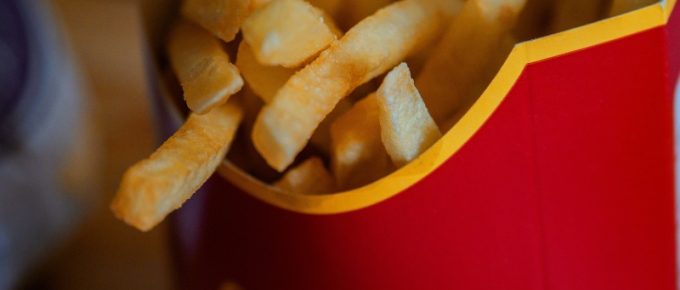Investing in the stock market can feel like a wild ride. There are ups and downs, twists and turns, and sometimes it's hard to know where to put your money. That's why many investors are turning to …
Continue Reading about Exploring Whirlpool Dividend History: Insights for Investors →






